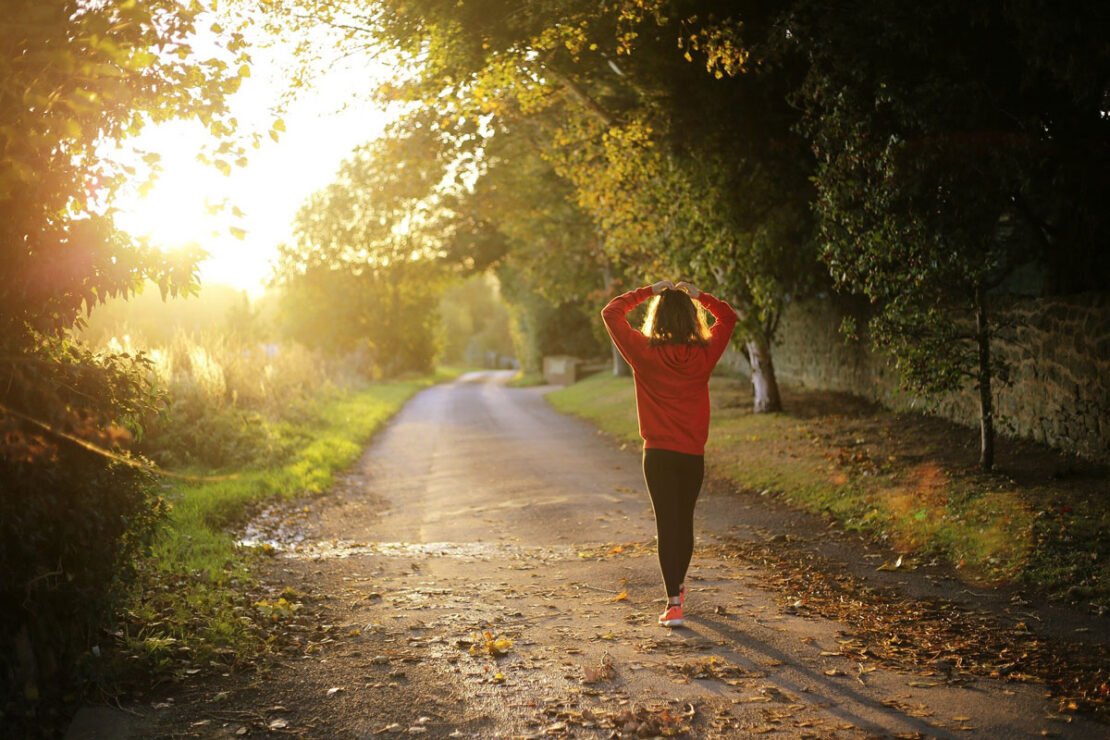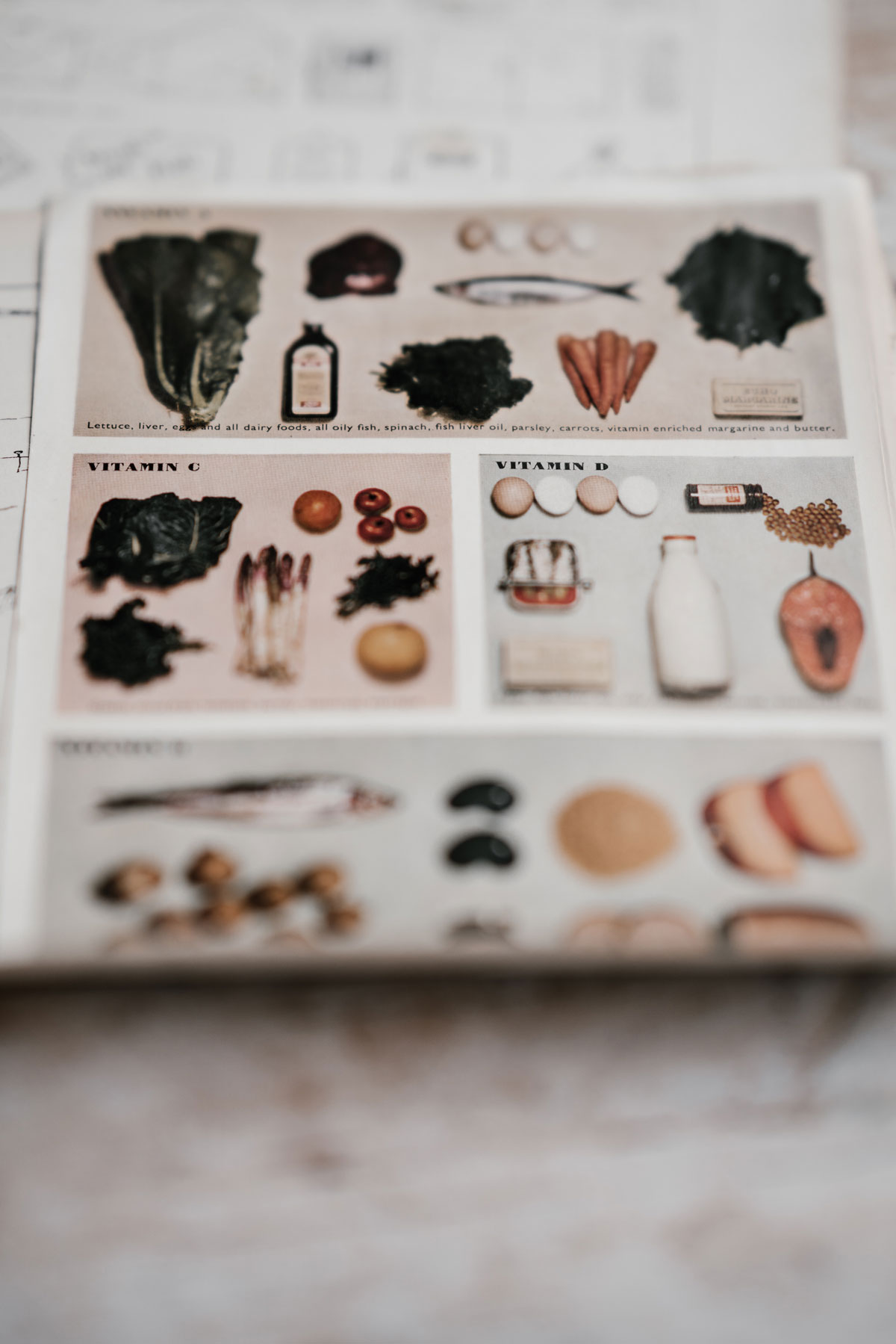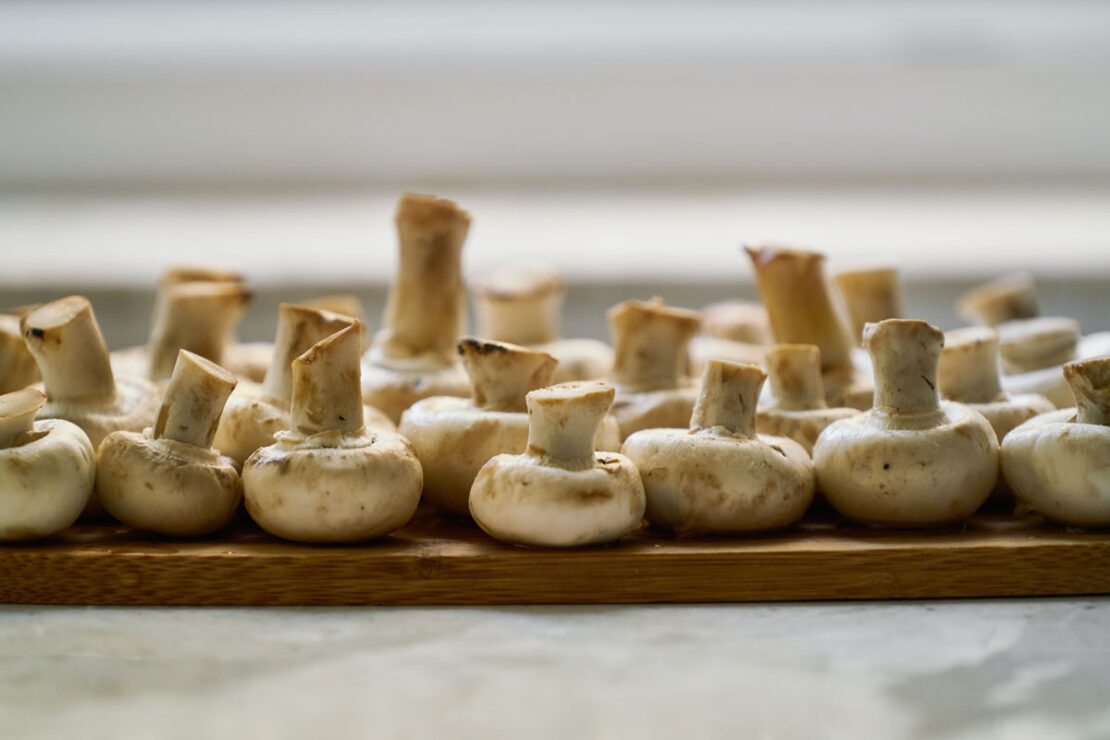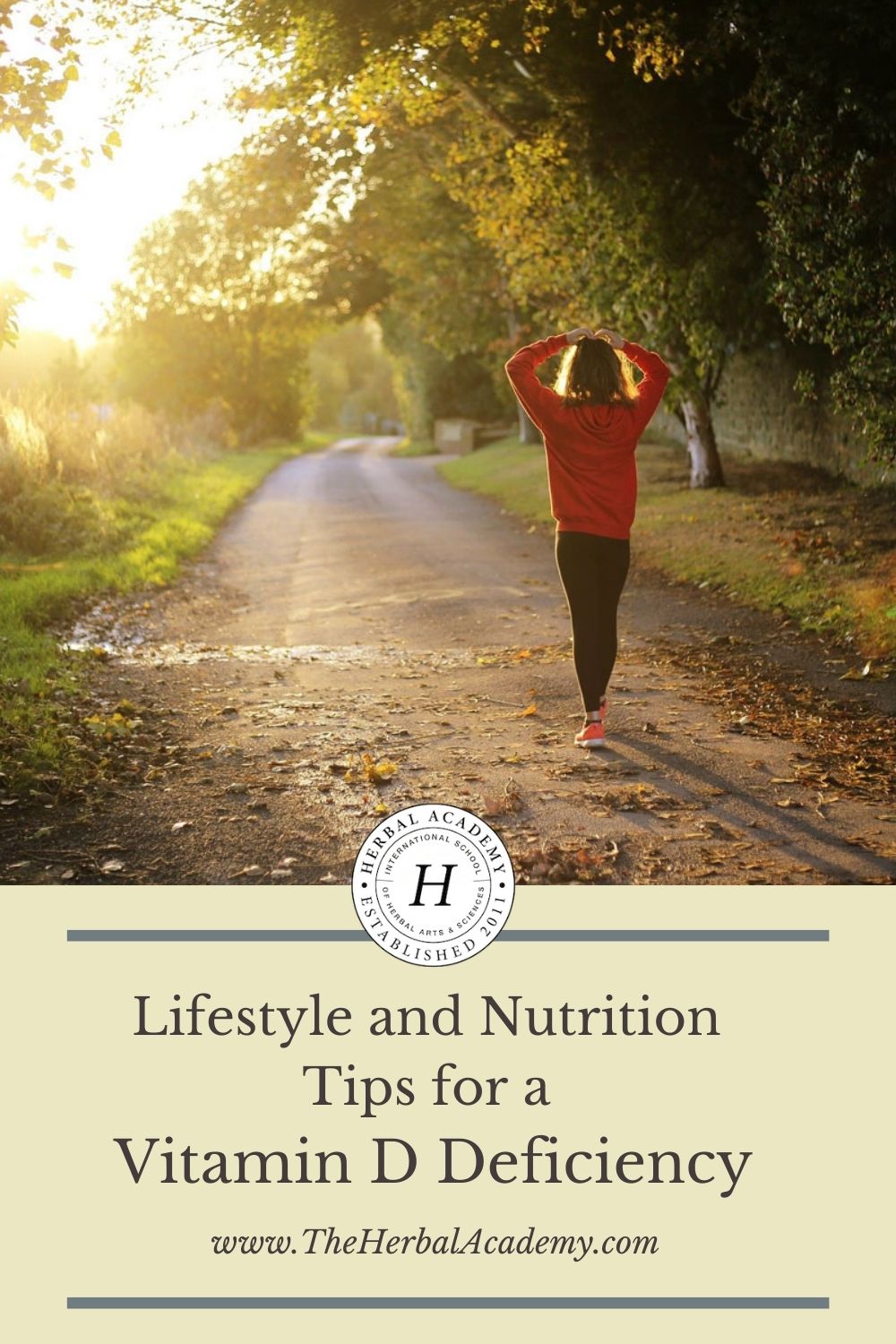
Lifestyle and Nutrition Tips for a Vitamin D Deficiency
As we head into deep winter, boosting immunity is on a lot of peoples’ minds. Global pandemic aside, the darker months are the time of year in which many of us are thinking more about nutrition and lifestyle practices that support a robust immune system. One nutrient that people commonly turn to for immune support is vitamin D. An estimated 1 billion people worldwide have a vitamin D deficiency (Sahota, 2014), which leaves a lot of folks wondering whether or not they are getting enough—and the best ways to obtain the desired levels of this crucial hormone.
Vitamin D Deficiency Risk Factors
A recent study published in JAMA found that out of 489 patients, those with sufficient vitamin D levels were significantly less likely to test positive for COVID-19 than those with a vitamin D deficiency (Meltzer et al., 2020). Studies such as these may motivate more people to reach for vitamin D in supplement form, but you may also be wondering about nutrition and lifestyle tips for vitamin D deficiency.

Also, you may have questions about whether or not you have a vitamin D deficiency at all, are at risk, and if you should be upping your vitamin D levels in some capacity. To know for certain, you can have your doctor test your vitamin D levels through a blood test. In addition, you may want to consider whether you have any of these risk factors for vitamin D deficiency (Harvard Health Publishing, 2019; Spritzler, 2018):
- Living far from the equator
- Spending most of your time indoors
- Wearing sunscreen daily
- Wearing clothing that covers most of your skin
- Having a kidney or liver disorder
- Compromised digestion, especially in the intestines
Also, people with darker complexions and the elderly are at an increased risk for developing a vitamin D deficiency (Spritzler, 2018). Those with darker skin who live in the Northern Hemisphere are at an increased risk for vitamin D deficiency because skin pigmentation can reduce vitamin D production by more than 90% (Harvard Health Publishing, 2019). Of course, for individuals who live closer to the equator and get plenty of sun exposure, this likely will not be a problem.

The elderly are at a particular risk for developing vitamin D deficiency due to less time spent outdoors, a tendency toward lower dietary intake of vitamin D, and a reduced ability for the skin to produce the necessary levels of vitamin D (Meehan & Penchkofer, 2016).
Beyond Immune Support
Beyond immunity, vitamin D fulfills a number of other critical roles in the body. It plays an essential role in bone health, assisting in the absorption of calcium and phosphorus from the intestines (Moriarty, 2018). Extreme and prolonged vitamin D deficiency is the cause of rickets, a serious disease characterized by bone softening that is now rare in developed nations. Osteoporosis and osteopenia, on the other hand, are quite common in developed nations, including the United States.
Furthermore, “Vitamin D deficiency has been associated with increased risk of common cancers, autoimmune diseases, hypertension, and infectious diseases” (Holick & Chen, 2008, para. 1). Given all that vitamin D does, it is no wonder that folks are turning to foods, supplements, and sunbathing to make sure they get enough.
The “Sunshine Vitamin”

Vitamin D is actually a hormone rather than a vitamin, and every cell in your body has a receptor for it (Spritzler, 2018). Risk factors such as spending time indoors and wearing sunscreen daily are important to consider because our bodies naturally manufacture vitamin D when skin is exposed to sunlight, thus giving vitamin D the nickname “the sunshine vitamin.” Specifically, cholesterol in your skin produces vitamin D3 when exposed to UVB rays (Harvard Health Publishing, 2019; Moriarty, 2018).
If you live close to the equator and spend ample time outdoors with your skin exposed to sunlight, your body may be able to manufacture all the vitamin D that it needs. However, if you live on the San Francisco-Philadelphia latitude line 37 or anywhere north, sun exposure alone will not give you adequate vitamin D stores to carry you through the winter (Harvard Health Publishing, 2019). Also, even if you live further south, if you work indoors and wear sunscreen on a regular basis, you may not be getting the sun exposure that you need. This is where special foods and supplements are helpful for providing a much-needed vitamin D boost for the darker months.
Vitamin D Nutrition Tips

Not such good news for vegetarians and vegans, most of the richest food sources of vitamin D are animal-based. Fatty fish and fish oils, such as cod liver oil, tuna, and salmon rank the highest; sardines and eggs are also good sources (Gunnars, 2019).
However, if you don’t consume animal products, all is not lost! Mushrooms also prove to be good sources of vitamin D, and there is encouraging evidence to demonstrate that certain mushrooms, when exposed to sunlight, provide considerable amounts of the hormone. In fact, mushrooms produce vitamin D in a similar fashion as we do—when their skins are exposed to sunlight.
Mushrooms contain a precursor to vitamin D called ergosterol. Ergosterol is converted to vitamin D2 when exposed to sunlight. We, on the other hand, produce vitamin D3 when our skin is exposed to sunlight. Both D2 and D3 are ultimately converted to a usable form of vitamin D via the liver and kidneys. Vitamin D3 is advantageous because it circulates in the bloodstream for much longer than D2. However, if you consume vitamin D several times per week and are getting regular doses of sunshine, this will not be a problem (Stamets, 2017).

Infusing your mushrooms with vitamin D is as easy as it sounds! Just give them a sunbath—gills up! You can place store-bought or homegrown shiitake, maitake, button, and other mushroom species out in the sun, especially between June and September, to transform your mushrooms into a great source of vitamin D (Stamets, 2017). This principle even holds true for dried mushrooms. Or, consider starting with fresh mushrooms and sun drying for increased shelf life and vitamin D saturation (Stamets, 2017).
Mycologist and author Paul Stamets (2017) and colleagues conducted an experiment one summer where they placed shiitake mushrooms in direct sunlight for 6 hours a day 2 days in a row, gills up. The vitamin D levels in the mushrooms jumped from 100 IU/100 grams to 46,000 IU/100 grams (Stamets, 2017).
Let the Sun Shine

As mentioned previously, sun exposure is one of the main ways to boost vitamin D levels…for mushrooms and humans alike! So, if you live in a sunny place, you are in luck! Exactly how much sunlight will vary quite a bit from person to person, but the estimated amount is anywhere from 10 minutes to 2 hours. Those with light complexions and sun-sensitive skin should aim for the low end of sun exposure; those with darker complexions will benefit from more vitamin D-boosting rays (Raman, 2018; Sampson, 2019). The main thing is to know your own limits. Don’t expose your skin long enough to burn. If your skin burns easily and you plan on spending a few hours in the sun, you can allow yourself limited time for unprotected sun exposure and then apply sunscreen and/or cover up and move to the shade.
How Much is Enough?
Like most good things, you can overdo vitamin D. A daily intake of 600-800 IU daily is widely considered adequate for most adults (Moriarty, 2018) with some experts, such as naturopaths suggesting 1,000 IU daily (Harvard Health Publishing, 2019; Stamets, 2017).
If you choose to supplement with vitamin D, factors to consider are whether or not you have been diagnosed with a vitamin D deficiency, your body size (smaller people will need less supplementation), and if you show signs of vitamin D deficiency, such as depression, fatigue, muscle weakness, and frequently getting colds and infections (Sahota, 2014; Spritzler, 2018). There are specific reasons why a doctor or healthcare professional may recommend higher levels of vitamin D supplementation, and you should confer with your healthcare professional if you suspect that you have a vitamin D deficiency. Excess vitamin D supplementation can lead to toxicity and will cause excess absorption of calcium which can be a very dangerous health condition (Moriarty, 2018).
In Conclusion,
There are a number of ways to get your D. Eat sun-kissed mushrooms, bask in the sunlight as appropriate for your skin type, and consider animal sources of vitamin D if you eat fish and eggs. Depending on where you live and the amount of time you spend indoors versus outdoors, the amount of vitamin D that you need to ingest through foods and supplements may vary depending on the time of year. If you suspect that you have a vitamin D deficiency, gathering the necessary data through a simple blood test at the doctor’s office may shed some light. In the meantime, for all the mushroom lovers, you may want to read up on some ideas for Cooking with Edible Mushrooms, giving your friendly fungi a little extra sunbath ahead of time.

REFERENCES
Gunnars, K. (2019). Vitamin D—A detailed beginner’s guide. Healthline. Retrieved from https://www.healthline.com/nutrition/vitamin-d-101
Harvard Health Publishing. (2019). Vitamin D and your health: Breaking old rules, raising new hopes. Harvard Medical School. Retrieved from https://www.health.harvard.edu/staying-healthy/vitamin-d-and-your-health-breaking-old-rules-raising-new-hopes
Holick & Chen, 2008. Vitamin D deficiency: A worldwide problem with health consequences. The American Journal of Clinical Nutrition, 87(4). https://doi.org/10.1093/ajcn/87.4.1080S
Meehan, M. & Penchkofer, S. (2016). The role of vitamin D in the aging adult. Journal of Aging Gerontology, 2(2), 60-71. https://doi.org/10.12974/2309-6128.2014.02.02.1
Meltzer, D., Thomas, J., … Zhang, H. (2020). Association of vitamin D status and other clinical characteristics with Covid-19 test results. Journal of the American Medical Association, 3(9). https://doi.org/10.1001/jamanetworkopen.2020.19722
Moriarty, C., 2018. Vitamin D Myths D bunked. Yale Medicine. Retrieved from https://www.yalemedicine.org/stories/vitamin-d-myths-debunked/
Raman, R. (2018). How to safely get vitamin D from sunlight. Healthline. Retrieved from https://www.healthline.com/nutrition/vitamin-d-from-sun#dangers
Sahota, O. (2014). Understanding vitamin D deficiency. Age Ageing, 43(5), 589–591. https://doi.org/10.1093/ageing/afu104
Sampson, S. How to get more vitamin D from the sun. Medical News Today. Retrieved from https://www.medicalnewstoday.com/articles/326167#getting-vitamin-d-from-the-sun
Spritzler, F. (2018). 8 Signs and symptoms of vitamin D deficiency. Healthline. Retrieved from https://www.healthline.com/nutrition/vitamin-d-deficiency-symptoms
Stamets, P. (2017). Place mushrooms in sunlight to get your vitamin D: Part one. Huffington Post. Retrieved from https://www.huffpost.com/entry/mushrooms-vitamin-d_b_1635941







